Country
Crash of a Piper PA-31T Cheyenne II near McKinleyville: 4 killed
Date & Time:
Jul 29, 2016 at 0105 LT
Registration:
N661TC
Survivors:
No
Schedule:
Crescent City – Oakland
MSN:
31-8120022
YOM:
1981
Crew on board:
1
Crew fatalities:
Pax on board:
3
Pax fatalities:
Other fatalities:
Total fatalities:
4
Captain / Total hours on type:
125.00
Aircraft flight hours:
7309
Circumstances:
About 13 minutes after takeoff for a medical transport flight, while climbing through about 14,900 ft mean sea level (msl), the pilot reported to air traffic control (ATC) that he was smelling smoke in the cockpit and would be returning to the originating airport. The flight was cleared to return with a descent at pilot's discretion to 9,000 ft msl. The pilot replied, "okay," and said that it looked like he was going to lose some power shortly. The pilot then stated that he had smoke in the cockpit, declared an emergency, and requested that ATC contact the fire department. About 1 minute 15 seconds after the initial report of smelling smoke, the pilot made the last radio transmission of the flight stating that he had three people on board. The wreckage was located about 9 hours later in an area of brush and heavily forested terrain. Portions of the burned and fragmented wreckage were scattered along a debris path that measured about 2,400 ft in length, which is consistent with an inflight breakup. The center fuselage and cockpit areas were largely intact and displayed no evidence of fire; however, there was an area of thermal damage to the forward fuselage consistent with an inflight fire. The thermal damage was primarily limited to the floor area between the two forward seats near the main bus tie circuit breaker panel and extended to the forward edge of the wing spar. All exposed surfaces were heavily sooted. Some localized melting and thermal-related tearing of the aluminum structure was present. The primer paint on the floor panels under the right aft corner of the pilot seat and the left aft corner of the co-pilot seat was discolored dark brown. An aluminum stringer in this location exhibited broomstrawing indicating that the stringer material was heated to near its melting point prior to impact. A single wire located in the area exhibited notching consistent with mechanical rubbing. The main bus tie circuit breakers were partially missing. The remaining breakers were heavily sooted on their aft ends, and one breaker was thermally discolored. Areas of charring were on the backside of the panel. Examination of the wiring in this area showed evidence of electrical arcing damage. Four hydraulic lines servicing the landing gear system were located in this area, and all the lines exhibited signs of thermal exposure with melting and missing sections of material. Six exemplar airplanes of the same make and model as the accident airplane were examined, and instances of unsafe conditions in which electrical lines and hydraulic lines in the area of the main bus tie circuit breaker panel were in direct contact were found on all six airplanes. Some of the wires in the exemplar airplanes showed chafing between hydraulic lines and the electrical wires, which, if left uncorrected, could have led to electrical arcing and subsequent fire. Based on the unsafe conditions found during examination of the exemplar airplanes and the thermal damage to the area near the main bus tie circuit breaker panel on the accident airplane, including broomstrawing of the aluminum structure, electrical arcing damage to the wiring, and melting of the hydraulic lines, it is likely that an electrical wire near the tie bus circuit breakers chafed on a hydraulic line and/or airplane structure, which resulted in arcing and a subsequent in-flight fire that was fed by the hydraulic fluid.
Probable cause:
An inflight fire in the floor area near the main bus tie circuit breaker panel that resulted from chafing between an electrical wire and a hydraulic line and/or airplane structure.
Final Report:
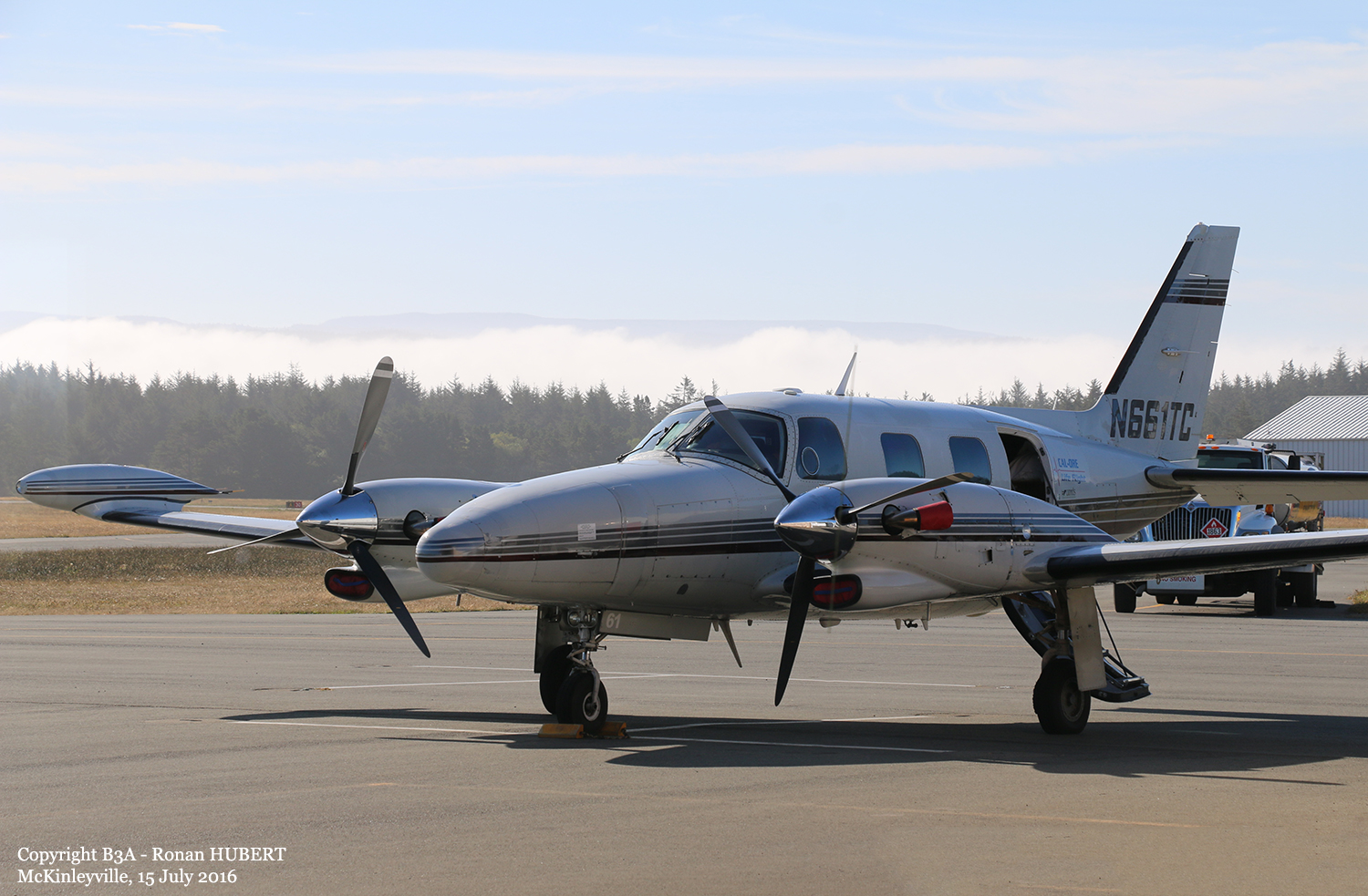

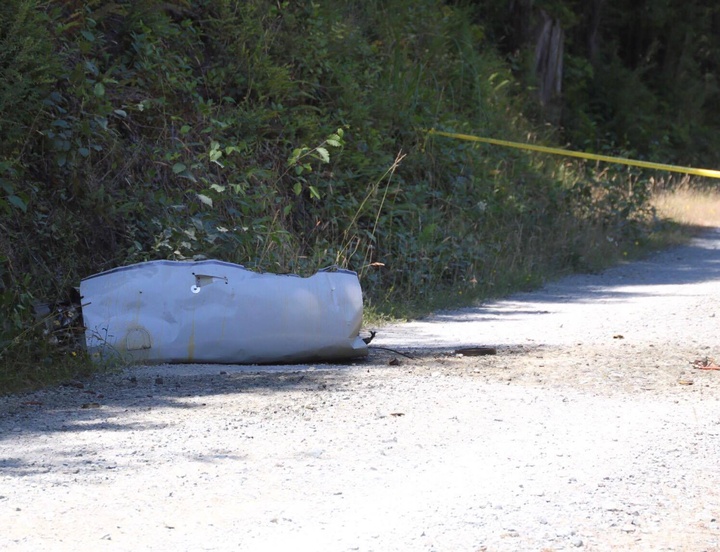
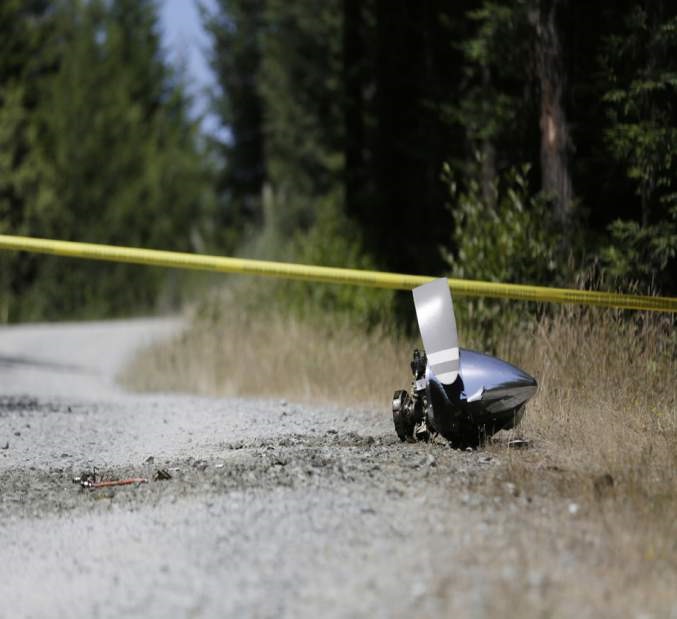
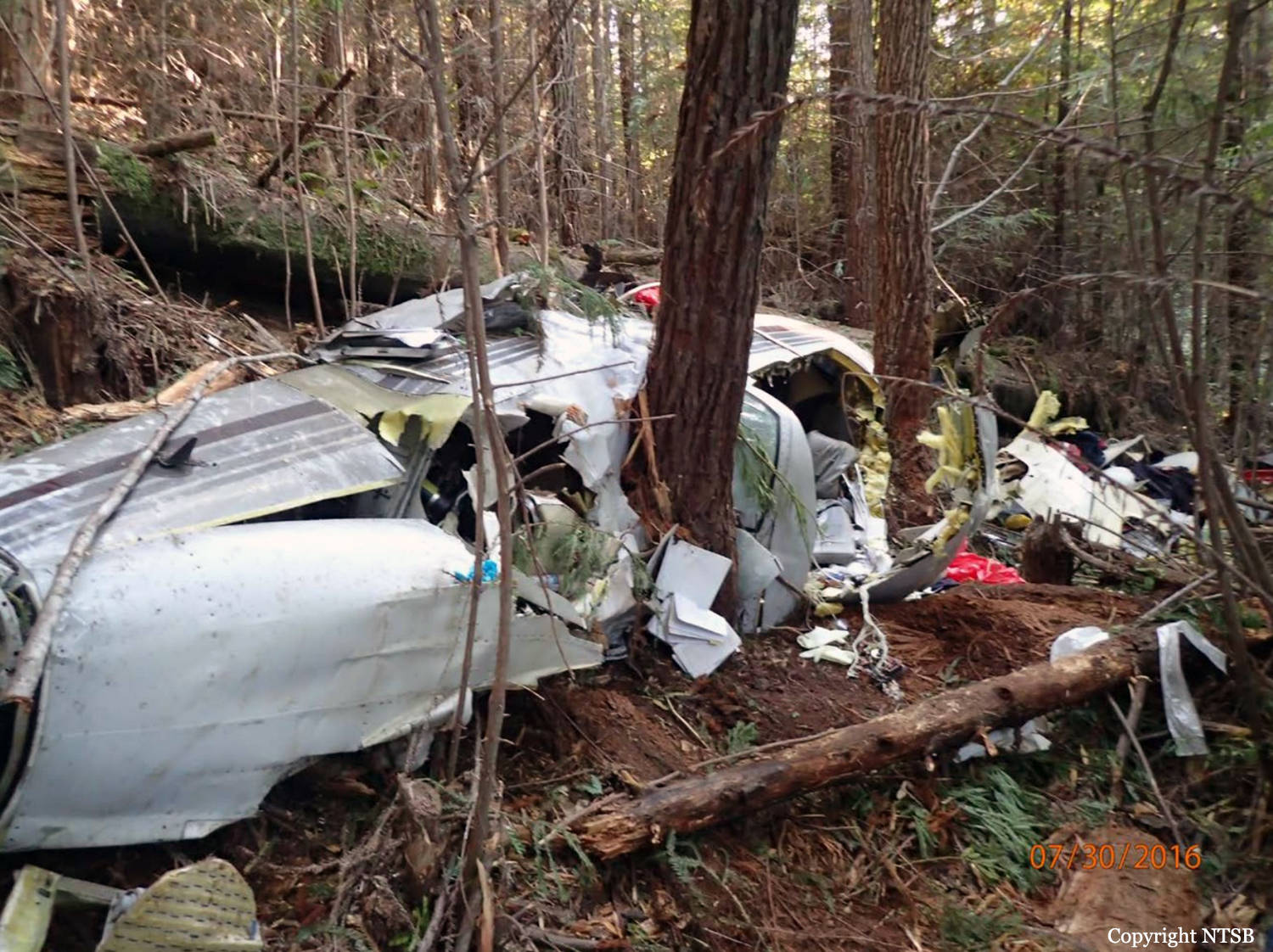
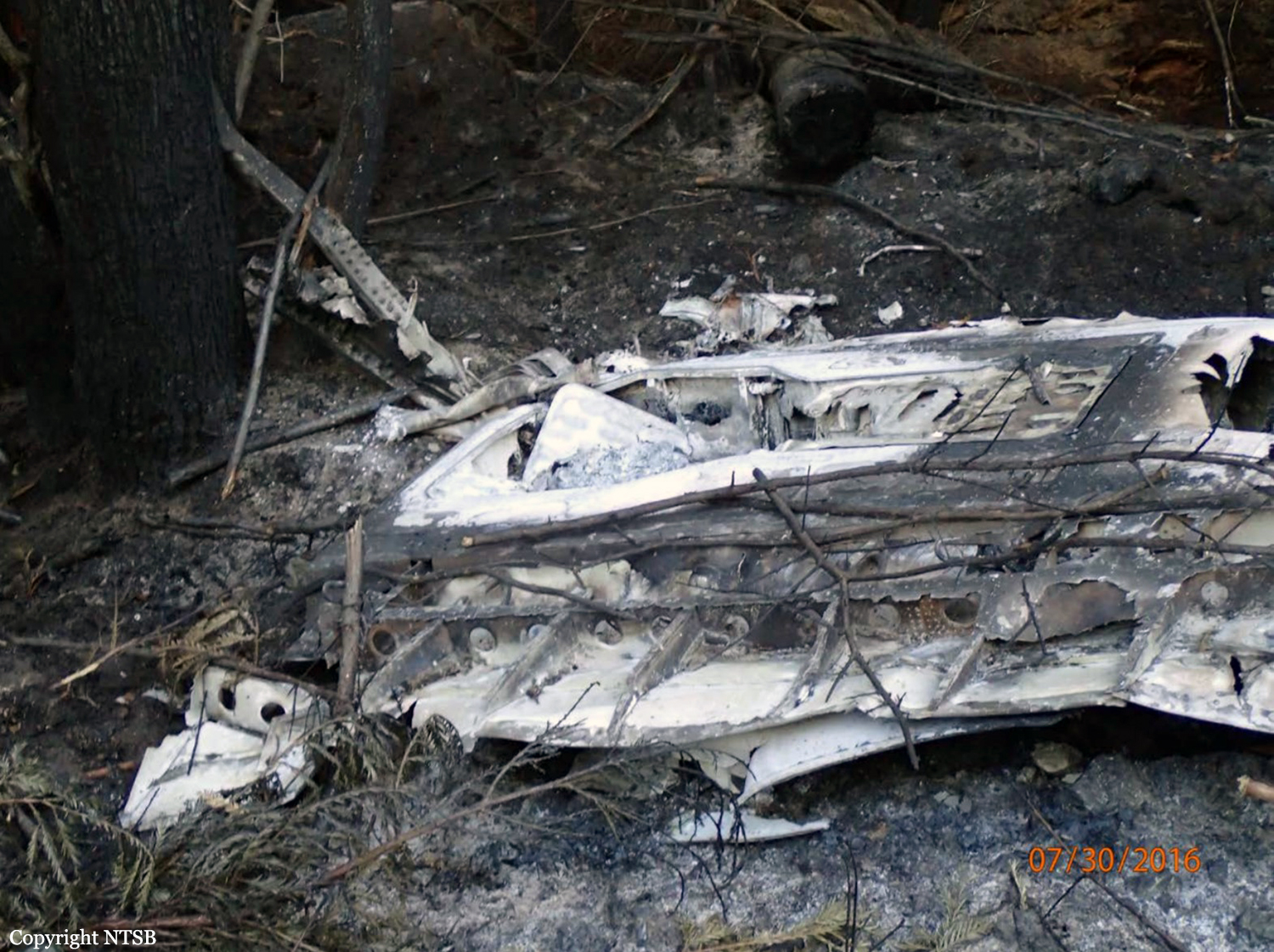
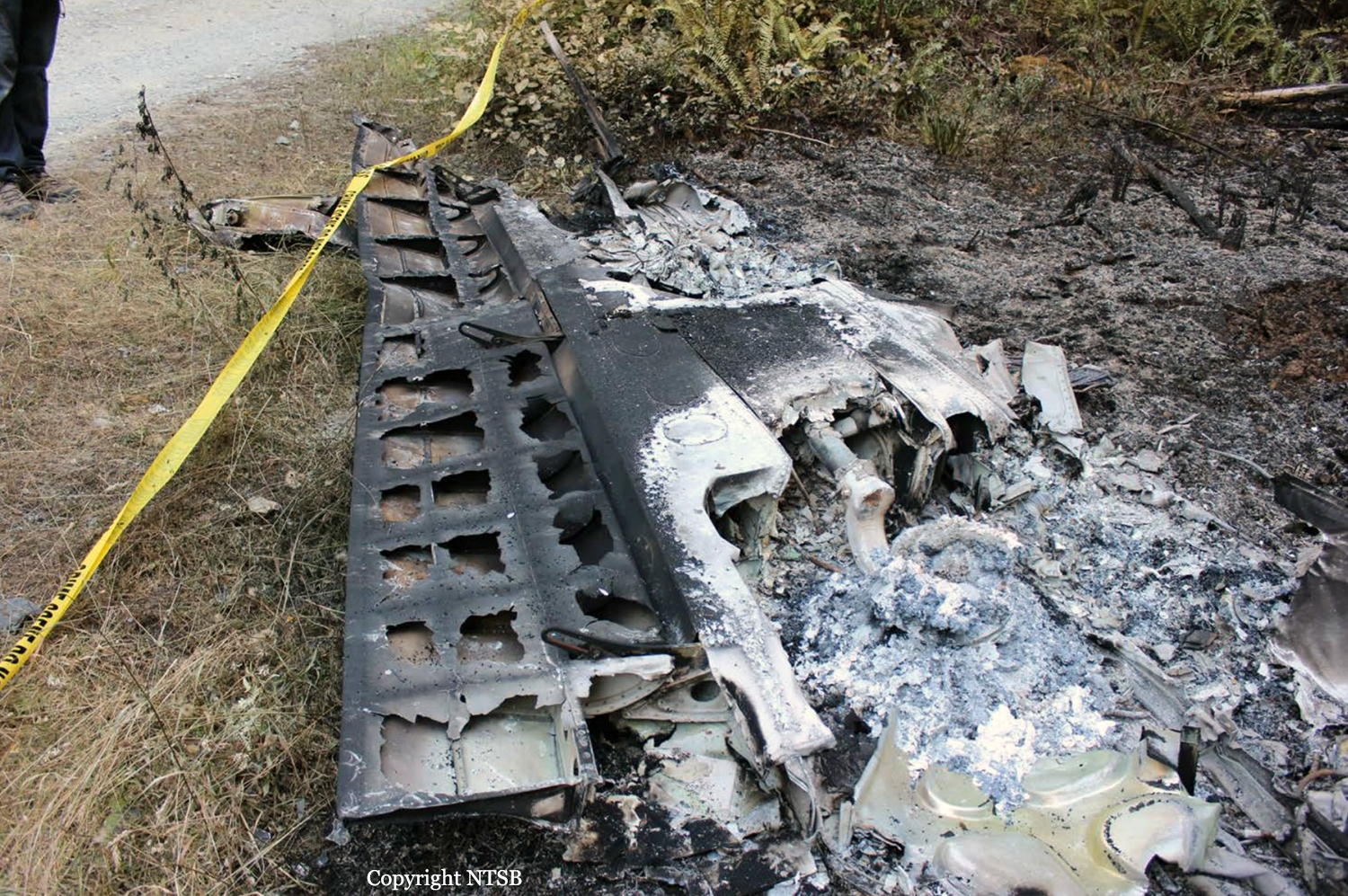
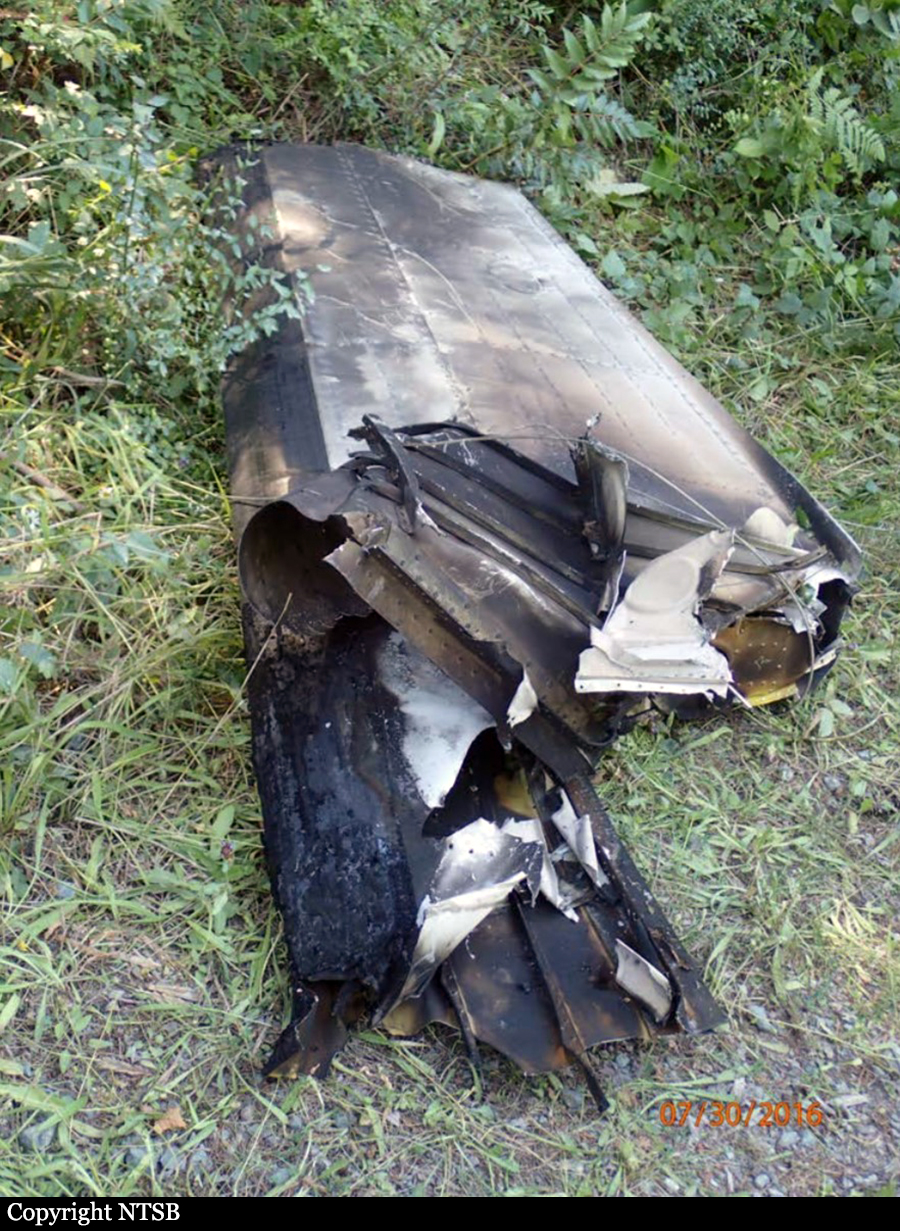
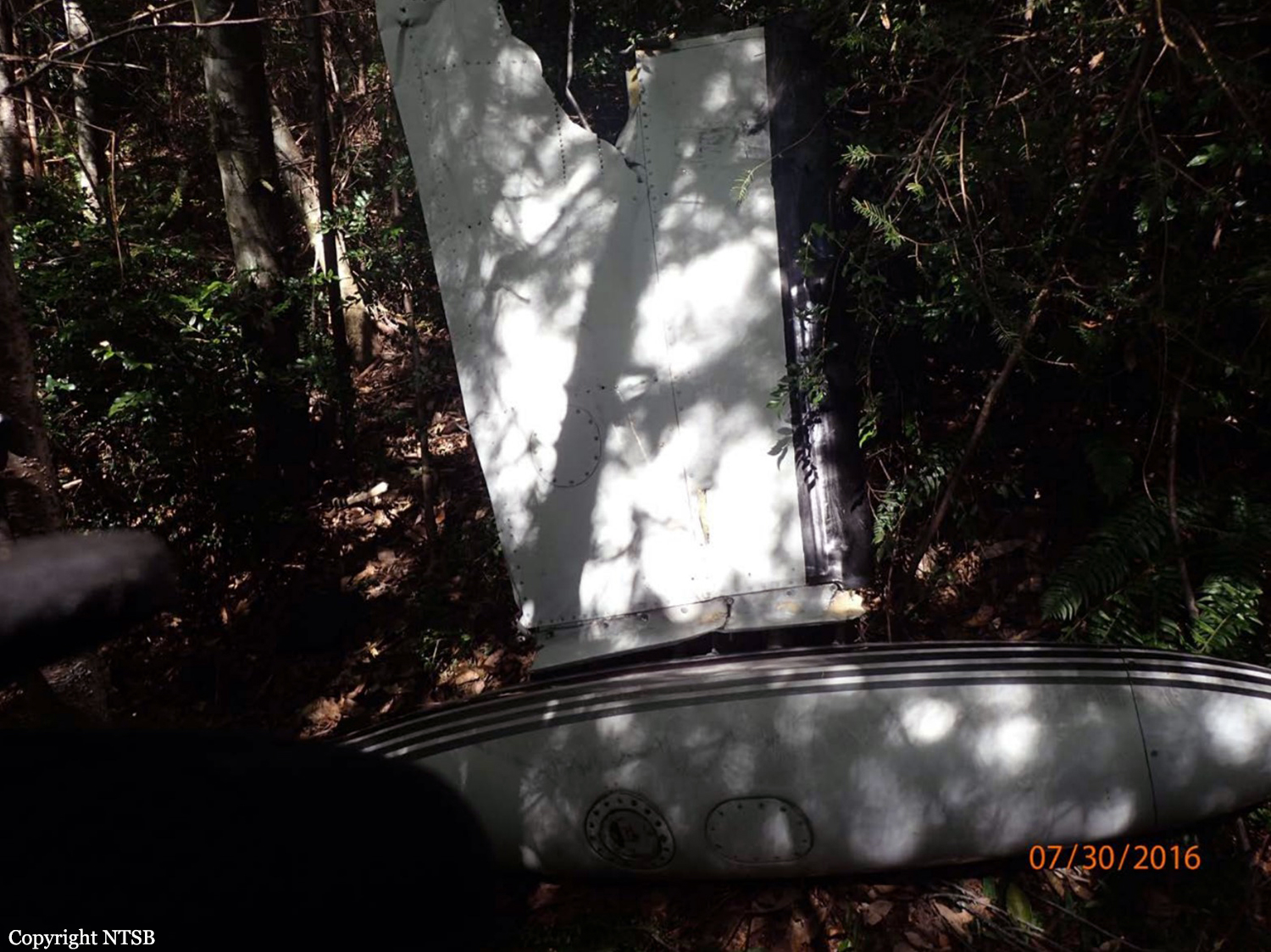
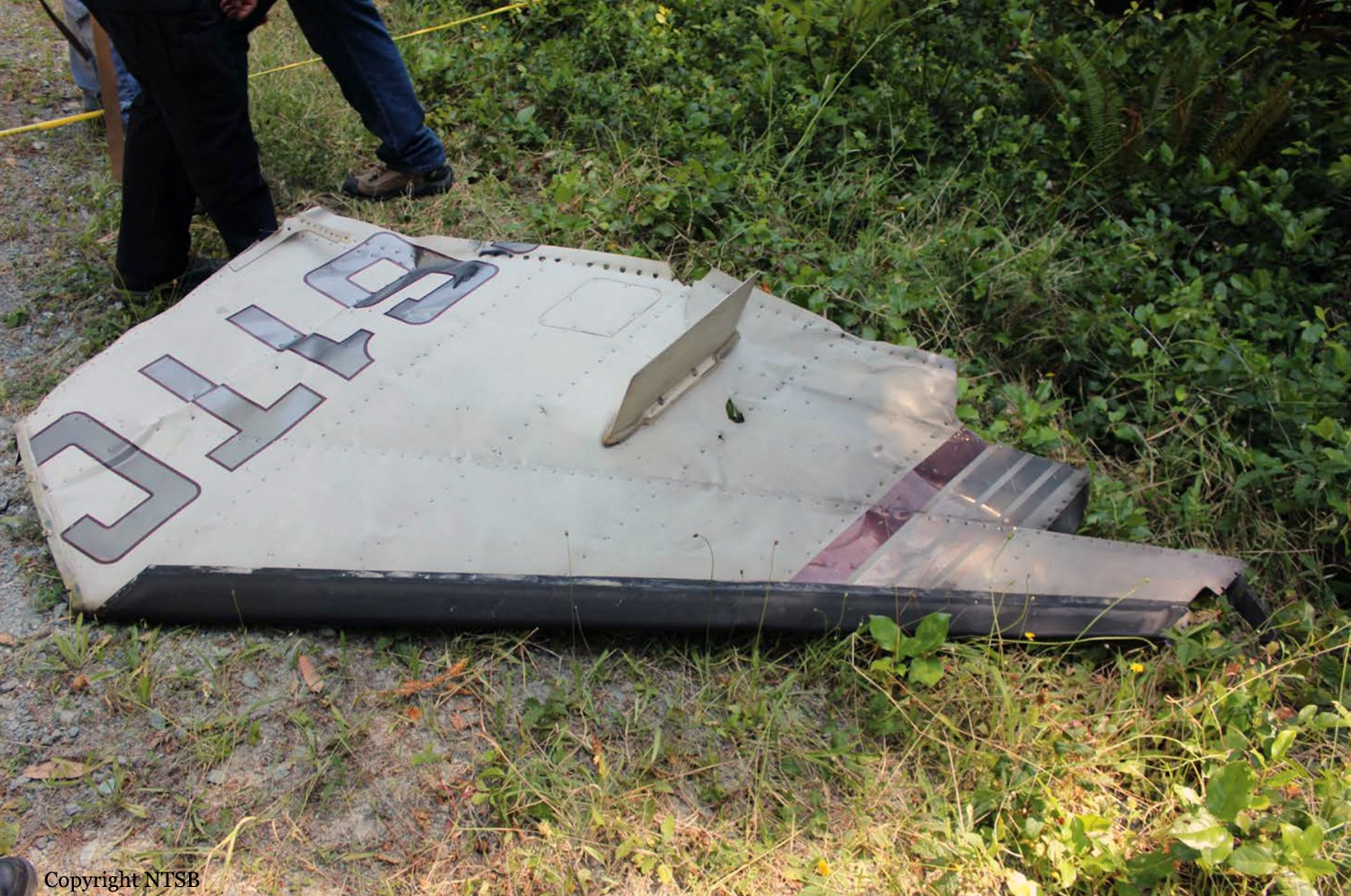
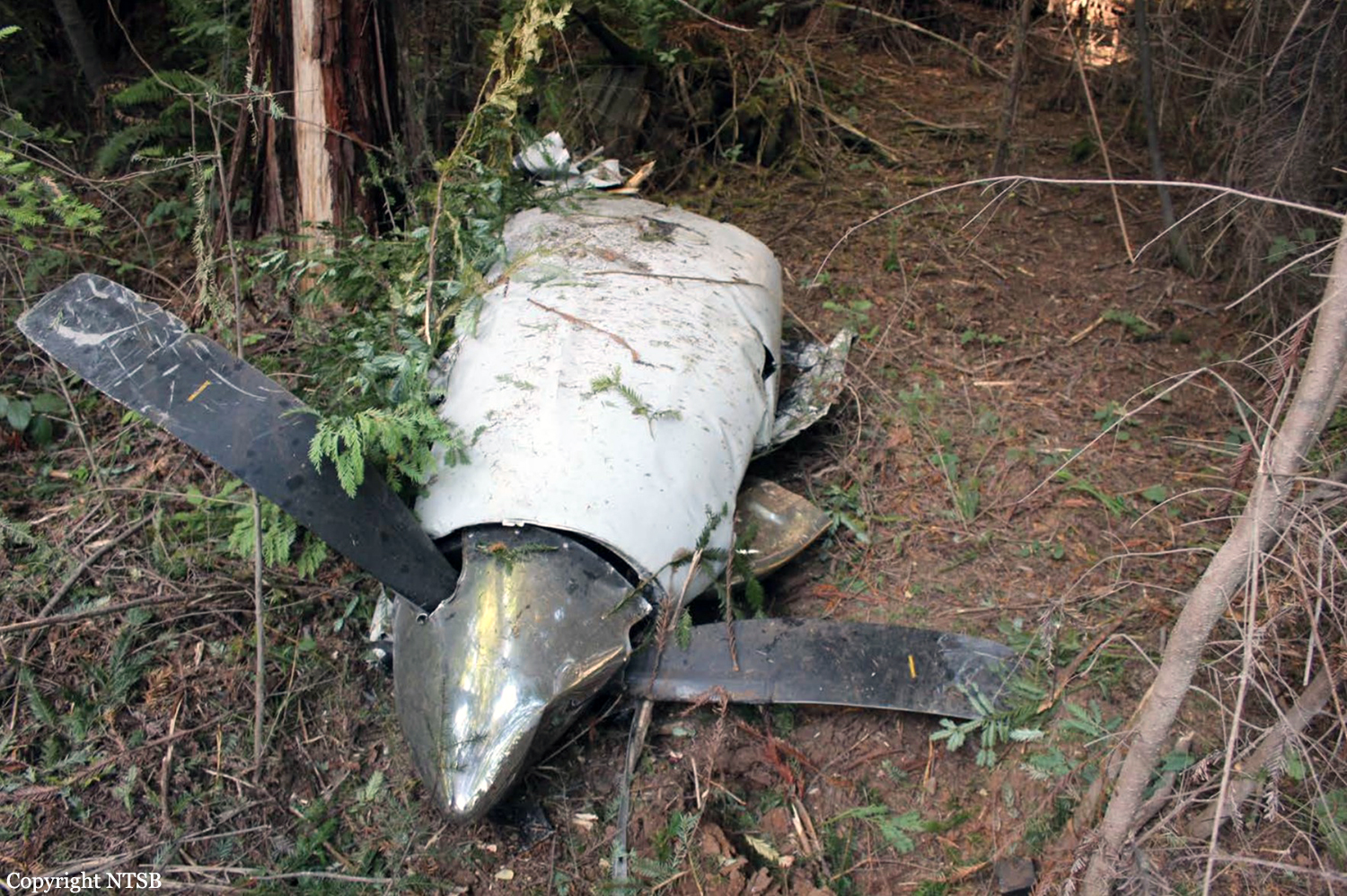
Crash of a Piper PA-31T Cheyenne II off Barcelona
Date & Time:
May 30, 2015 at 1635 LT
Registration:
YV2761
Survivors:
Yes
Schedule:
Charallave – Barcelona
MSN:
31-8120055
YOM:
1981
Crew on board:
1
Crew fatalities:
Pax on board:
3
Pax fatalities:
Other fatalities:
Total fatalities:
0
Circumstances:
Following an uneventful flight from Charallave, the pilot initiated the descent to Barcelona-Jose Antonio Anzoátegui Airport in poor weather conditions. On final, in a flat attitude, the twin engine aircraft impacted the water surface and came to rest some 3,7 km short of runway 15. All four occupants evacuated the cabin and took place in a lifeboat. Slightly injured, they were rescued two hours later. The aircraft sank and was lost.
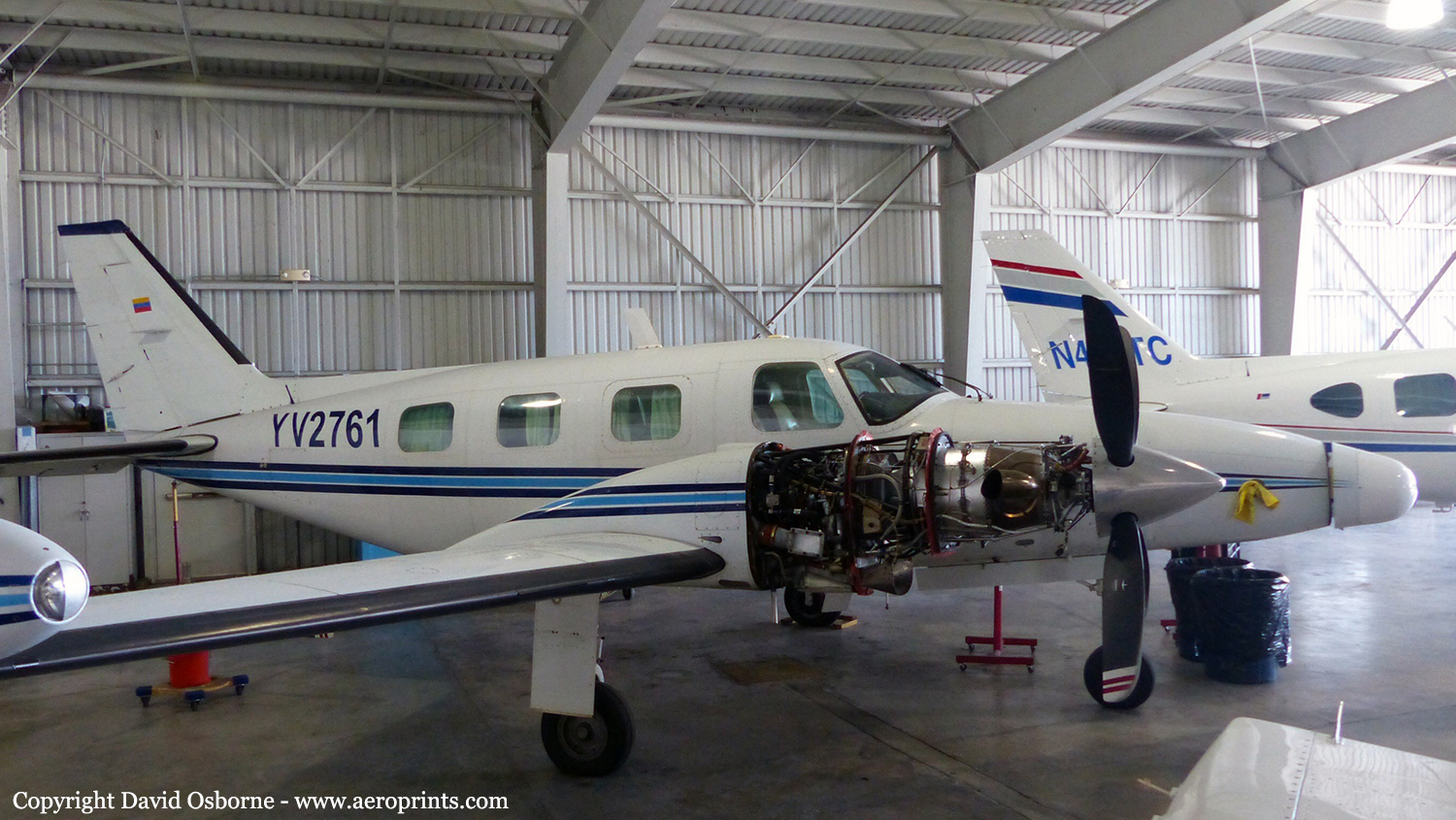
Crash of a Piper PA-31T Cheyenne I in Fort Lauderdale: 4 killed
Date & Time:
Apr 12, 2015 at 1625 LT
Registration:
N119RL
Survivors:
No
Schedule:
Orlando - Fort Lauderdale
MSN:
31T-7904002
YOM:
1979
Crew on board:
1
Crew fatalities:
Pax on board:
3
Pax fatalities:
Other fatalities:
Total fatalities:
4
Aircraft flight hours:
3267
Circumstances:
Following an uneventful personal flight, the pilot contacted the air traffic control tower controller and was immediately cleared to land. About 36 seconds later, the pilot reported "smoke in the cockpit." When asked to repeat, the pilot repeated "smoke in the cockpit." The tower controller cleared the pilot to land on any runway. About 47 seconds after the initial call of smoke, the pilot reported "mayday mayday mayday mayday mayday (unintelligible)." The airplane then crashed about ¼ mile short of the airport in a wooded area and burned. Security video showed the airplane pitch nose-down suddenly just before impact. The video revealed no visible smoke or fire trailing the airplane before ground impact. The pilot reported about 1,221 hours of total flight time on his Federal Aviation Administration first class medical certificate, issued about two months prior to the accident. He completed an initial training course for the airplane make and model 1 week before the accident. The airplane had recently undergone an annual inspection and extensive upgrades to its avionics. Both the left and right engines displayed contact signatures to their internal components characteristic of engines developing significant power at the time of impact, likely in the mid-to-high power range. The engines displayed no indications of any pre-impact anomalies or distress that would have precluded normal engine operation. Both propeller assemblies broke free from the engine during the crash sequence and the blades on both engines revealed signatures consistent with the development of power at impact. The center fuselage and cockpit areas were completely consumed in the postcrash fire. An examination of all remaining wires, wire bundles, switches, terminals, circuit breakers, electrical components, instruments, and avionics did not reveal evidence of precrash thermal distress. However, a small fire just before impact likely would not have had time to create thermal damage that would be discernable after an extensive postcrash fire.
Probable cause:
A rapid onset of smoke and/or fire inflight for reasons that could not be determined due to the postimpact fire and the condition of the wreckage.
Final Report:
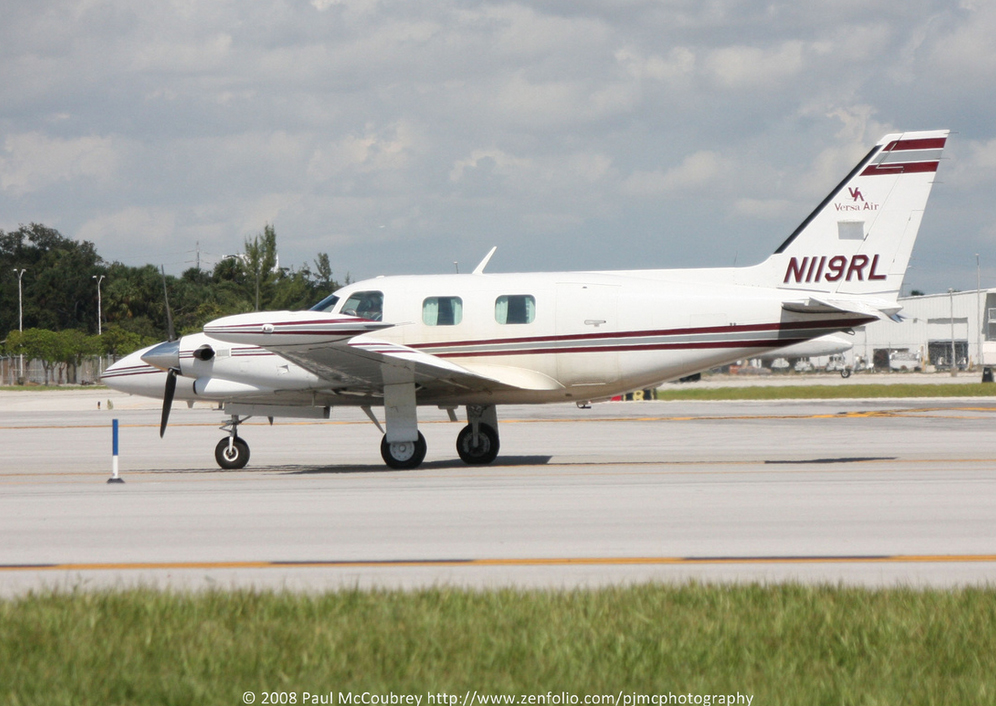
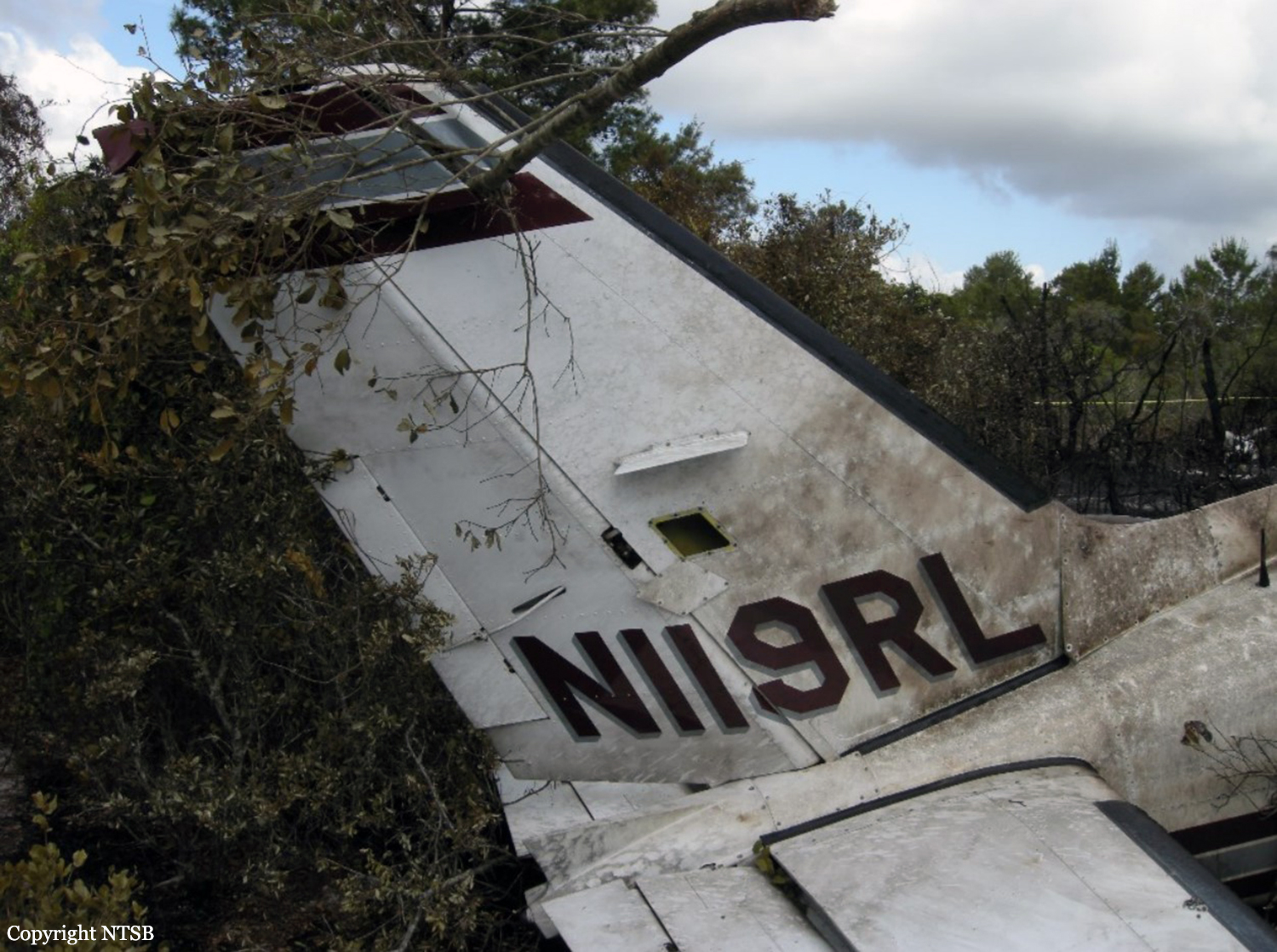
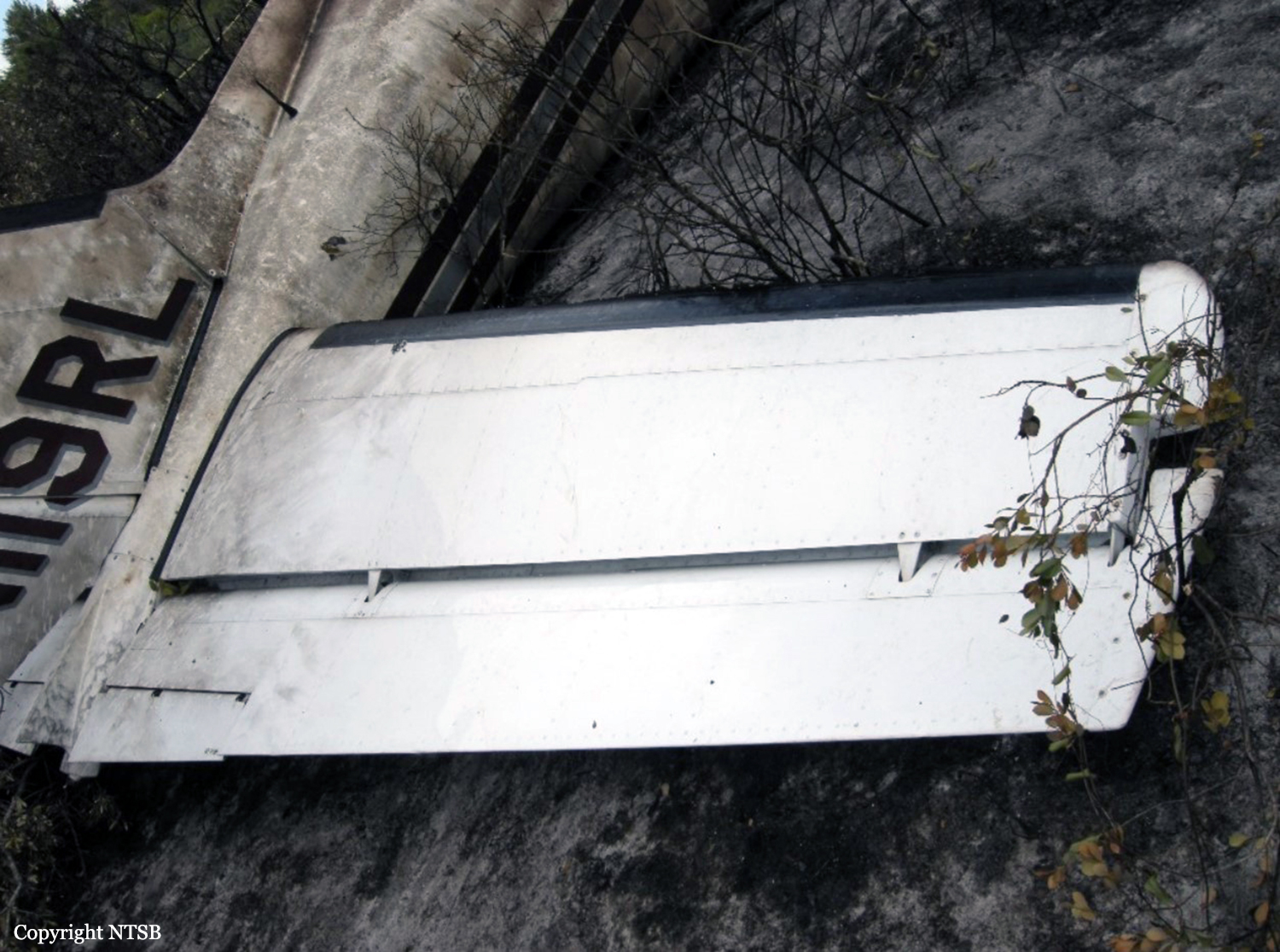
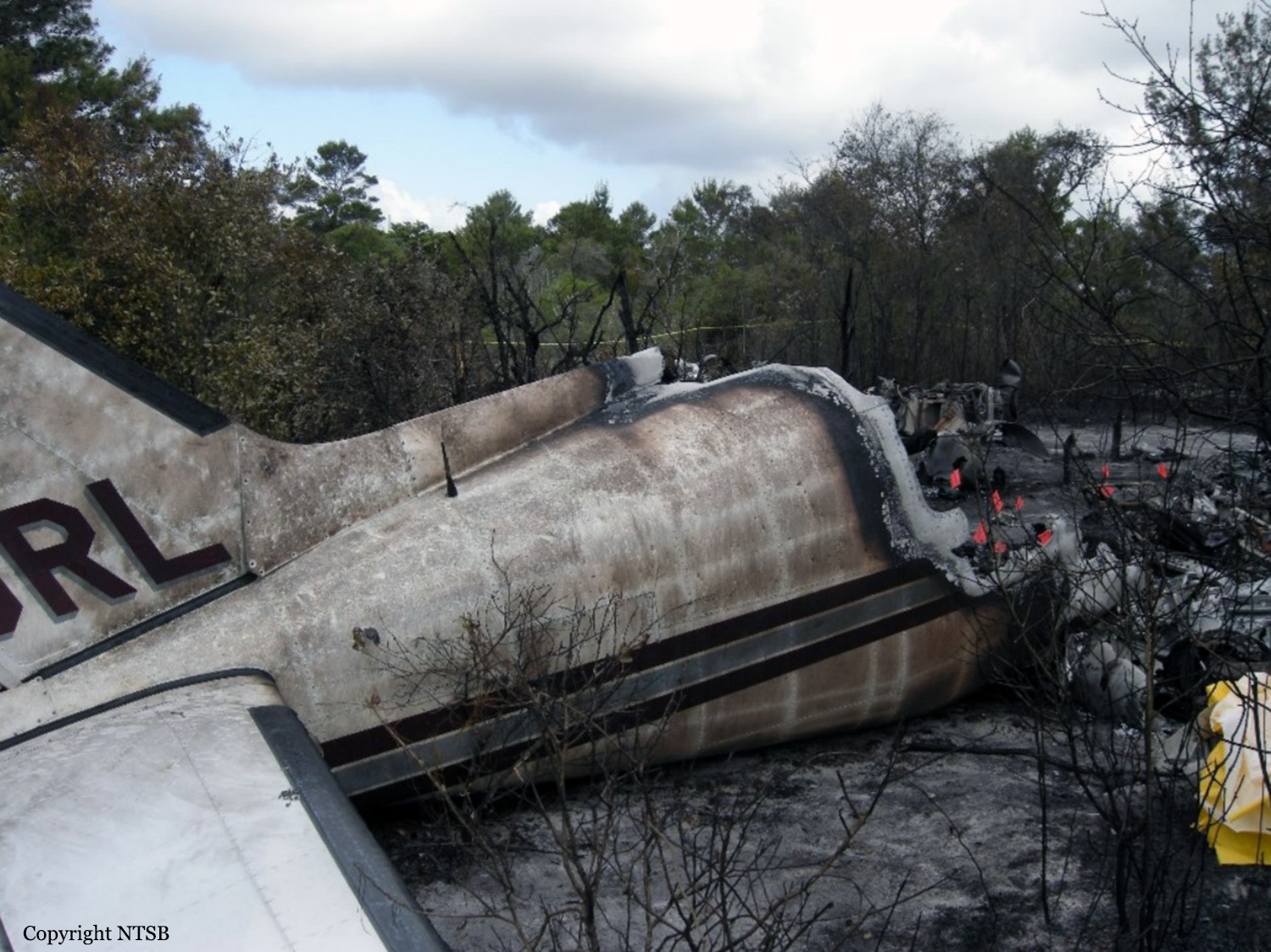
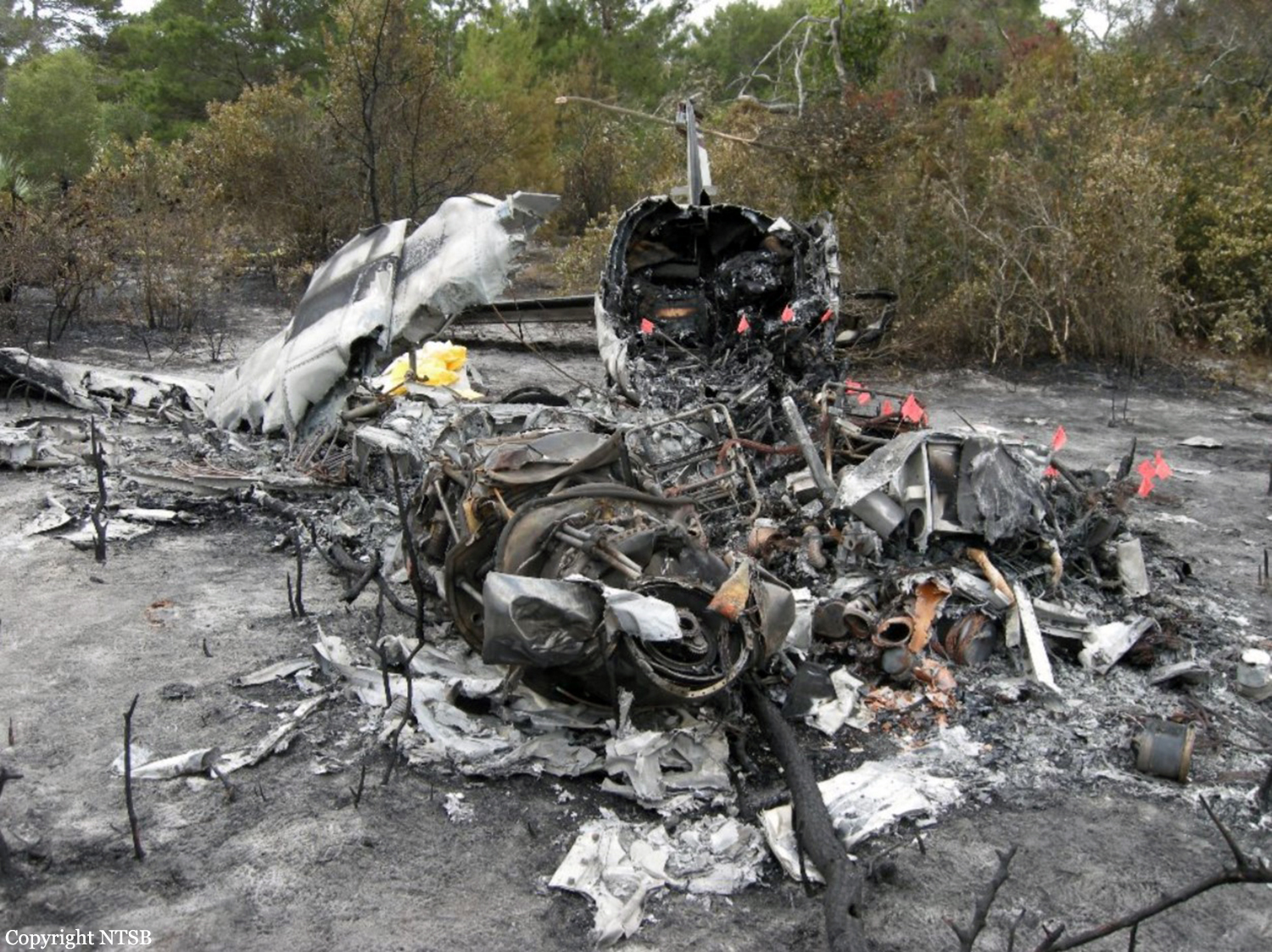
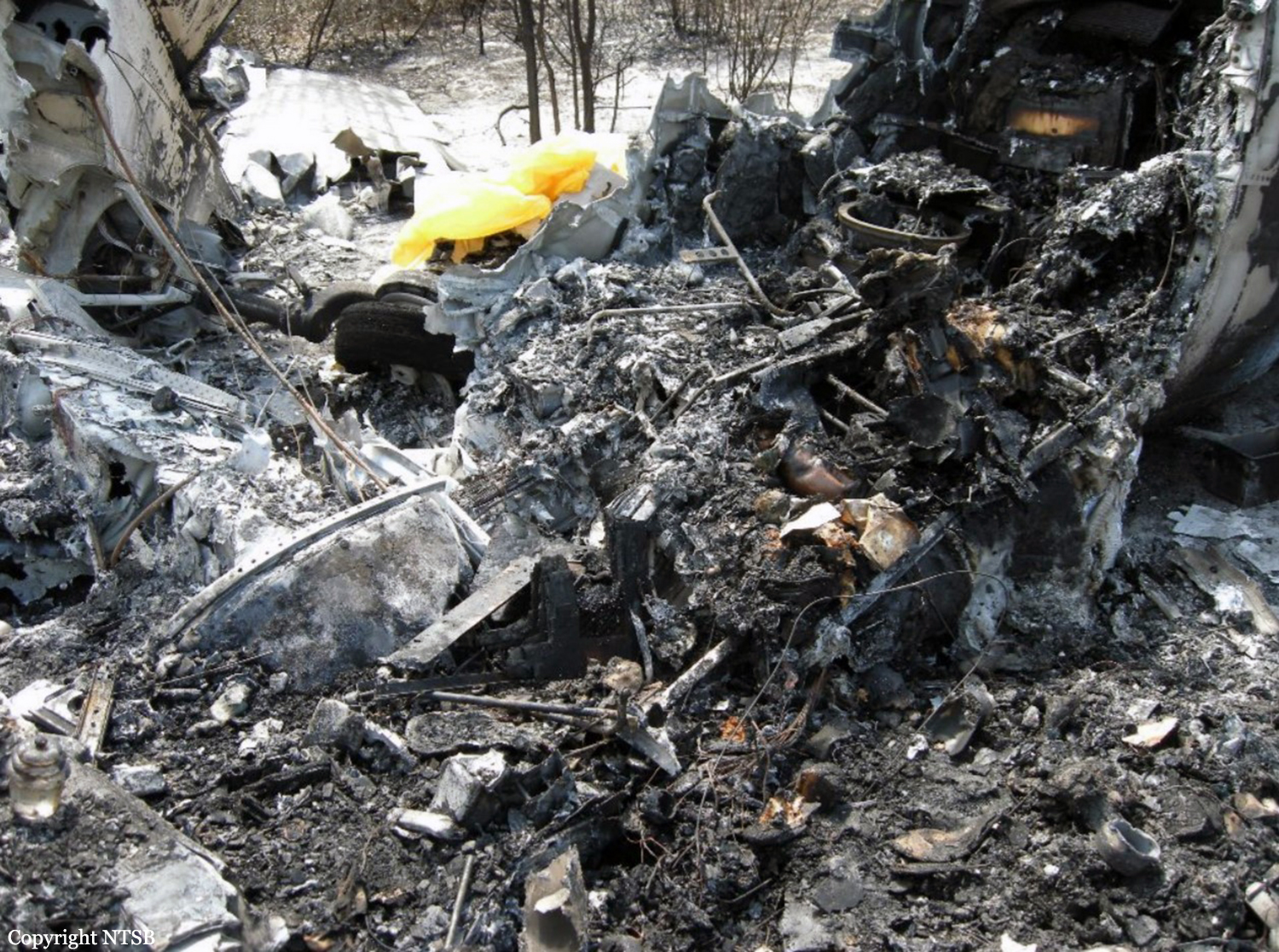
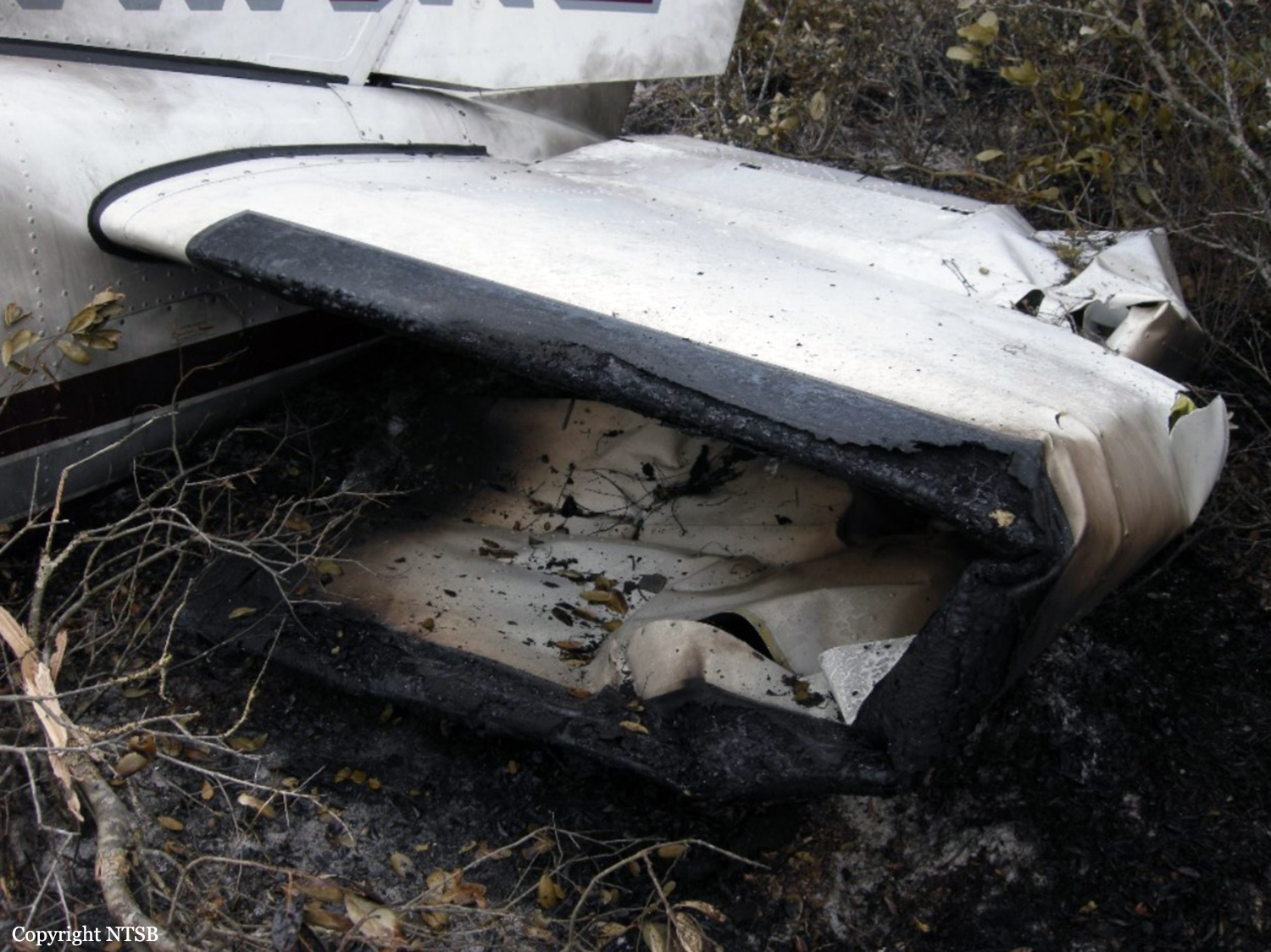
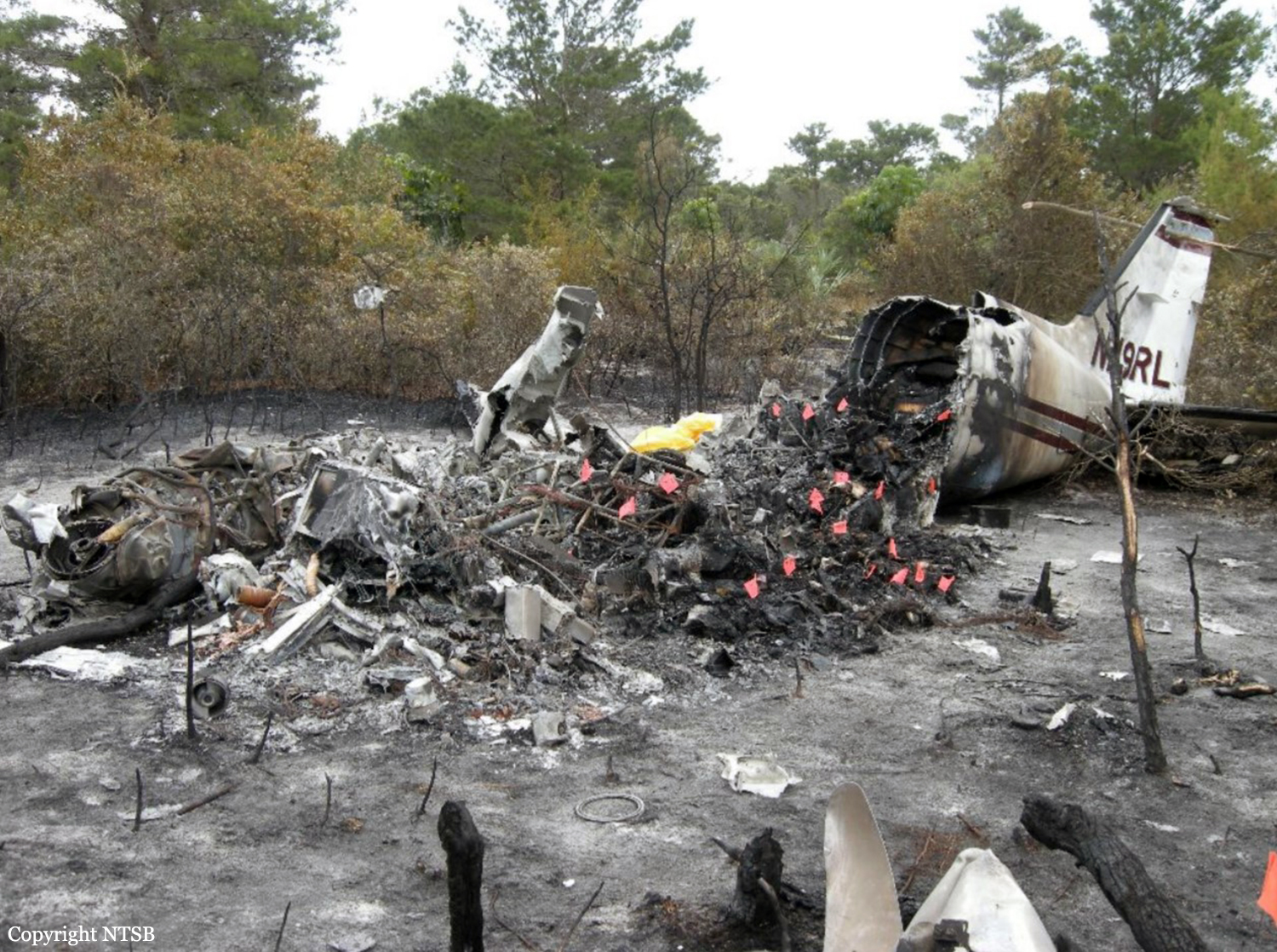
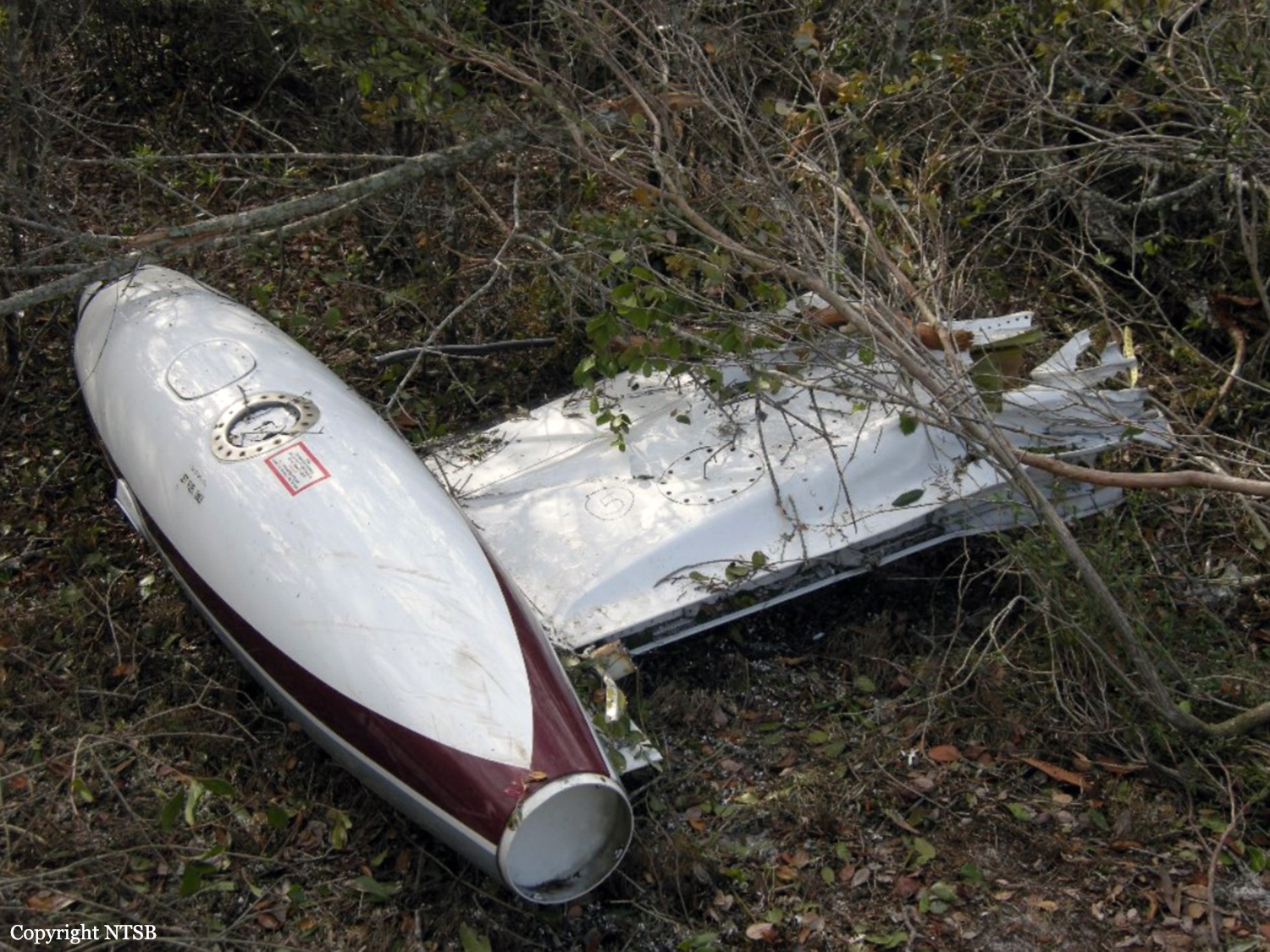
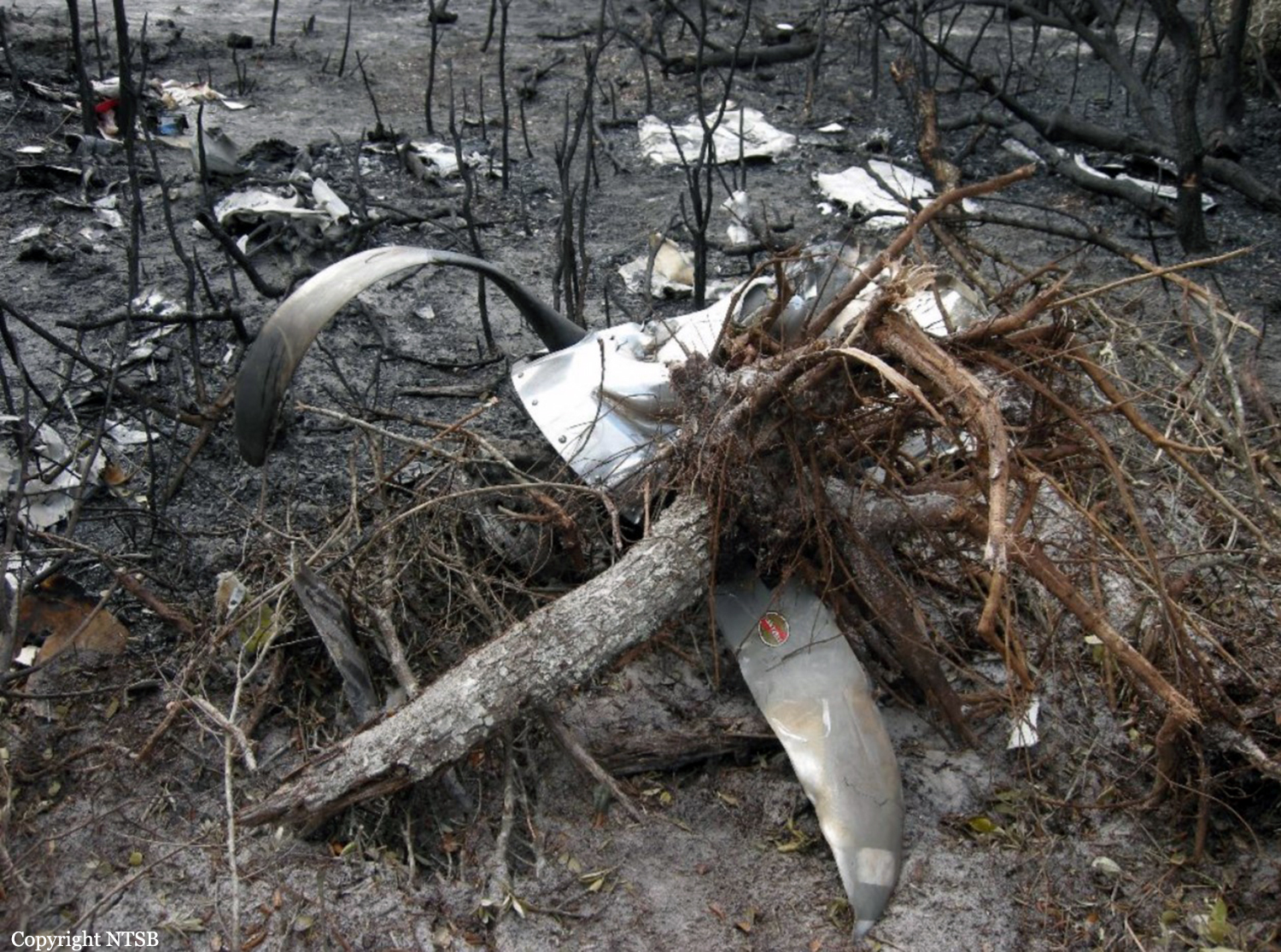
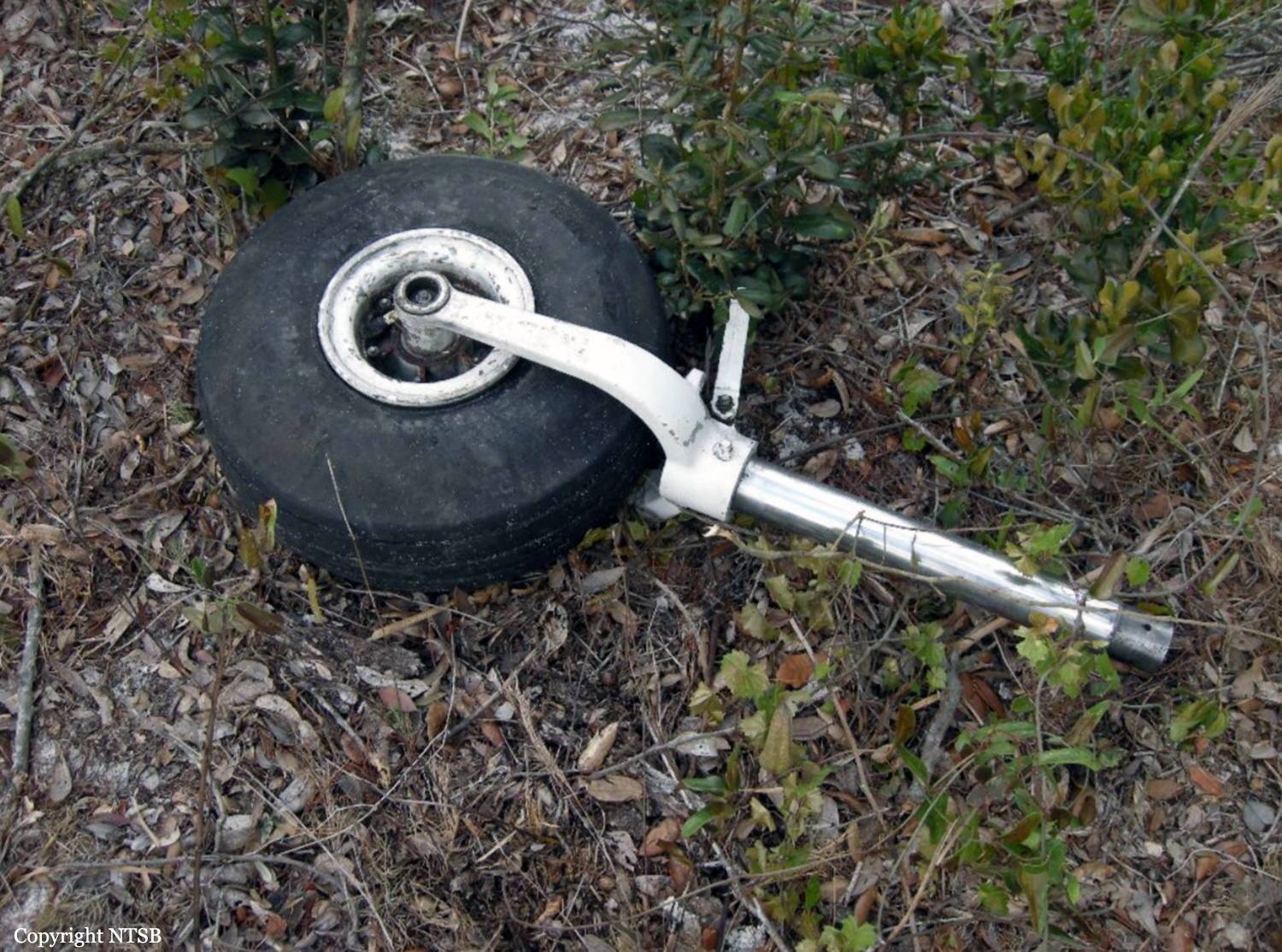
Crash of a Piper PA-31T Cheyenne II in Fort Lauderdale: 3 killed
Date & Time:
Mar 15, 2013 at 1621 LT
Registration:
N63CA
Survivors:
No
Schedule:
Fort Lauderdale - Fort Lauderdale
MSN:
31-7820033
YOM:
1978
Crew on board:
1
Crew fatalities:
Pax on board:
2
Pax fatalities:
Other fatalities:
Total fatalities:
3
Aircraft flight hours:
5006
Circumstances:
The multiengine airplane had not been flown for about 4 months and was being prepared for export. The pilot was attempting a local test flight after avionics upgrades had been performed. Shortly after takeoff, the pilot transmitted that he was experiencing an "emergency"; however, he did not state the nature of the emergency. The airplane was observed experiencing difficulty climbing and entered a right turn back toward the airport. It subsequently stalled, rolled right about 90 degrees, and descended. The airplane impacted several parked vehicles and came to rest inverted. A postcrash fire destroyed the airframe. Both engines were destroyed by fire and impact damage. The left propeller assembly was fire damaged, and the right propeller assembly remained attached to the gearbox, which separated from the engine. Examination of wreckage did not reveal any preimpact malfunctions. It was noted that the left engine displayed more pronounced rotational signatures than the right engine, but this difference could be attributed to the impact sequence. The left propeller assembly displayed evidence of twisting and rotational damage, and the right propeller assembly did not display any significant evidence of twisting or rotational damage indicative of operation with a difference in power. The lack of flight recorders and the condition of the wreckage precluded the gathering of additional relevant information.
Probable cause:
The pilot's failure to maintain airplane control following an emergency, the nature of which could not be determined because of crash and fire damage, which resulted in an aerodynamic stall.
Final Report:
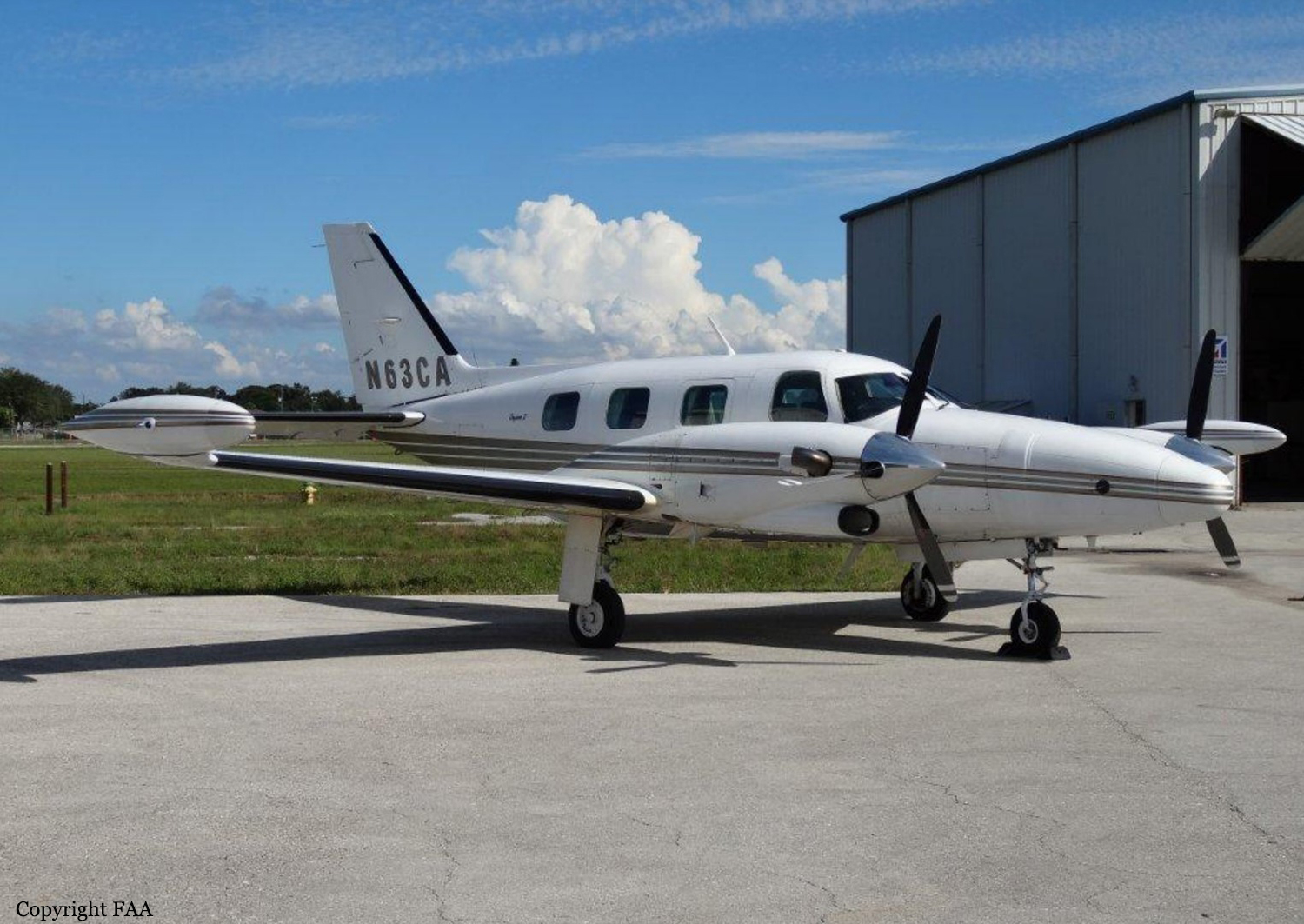
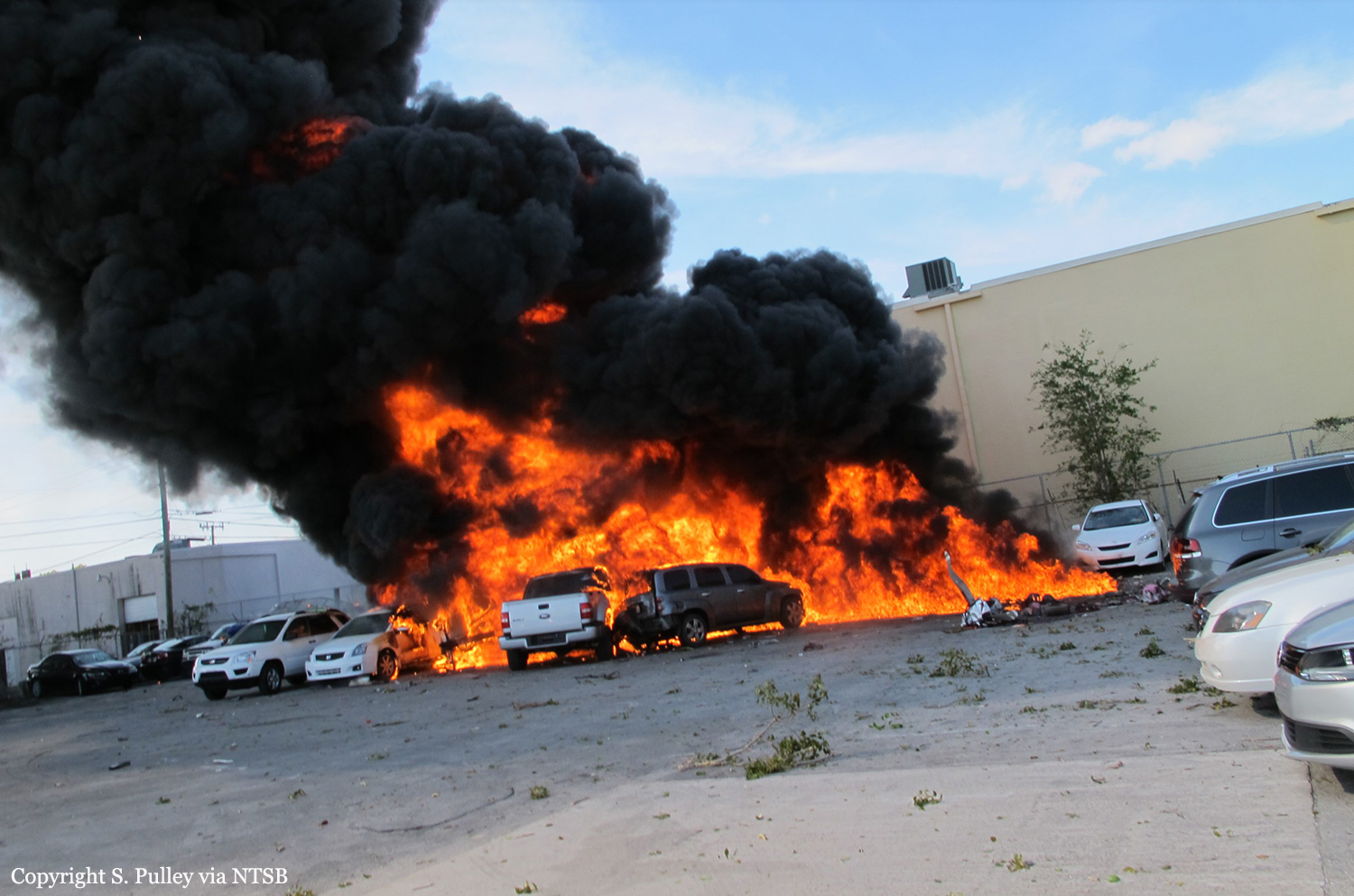
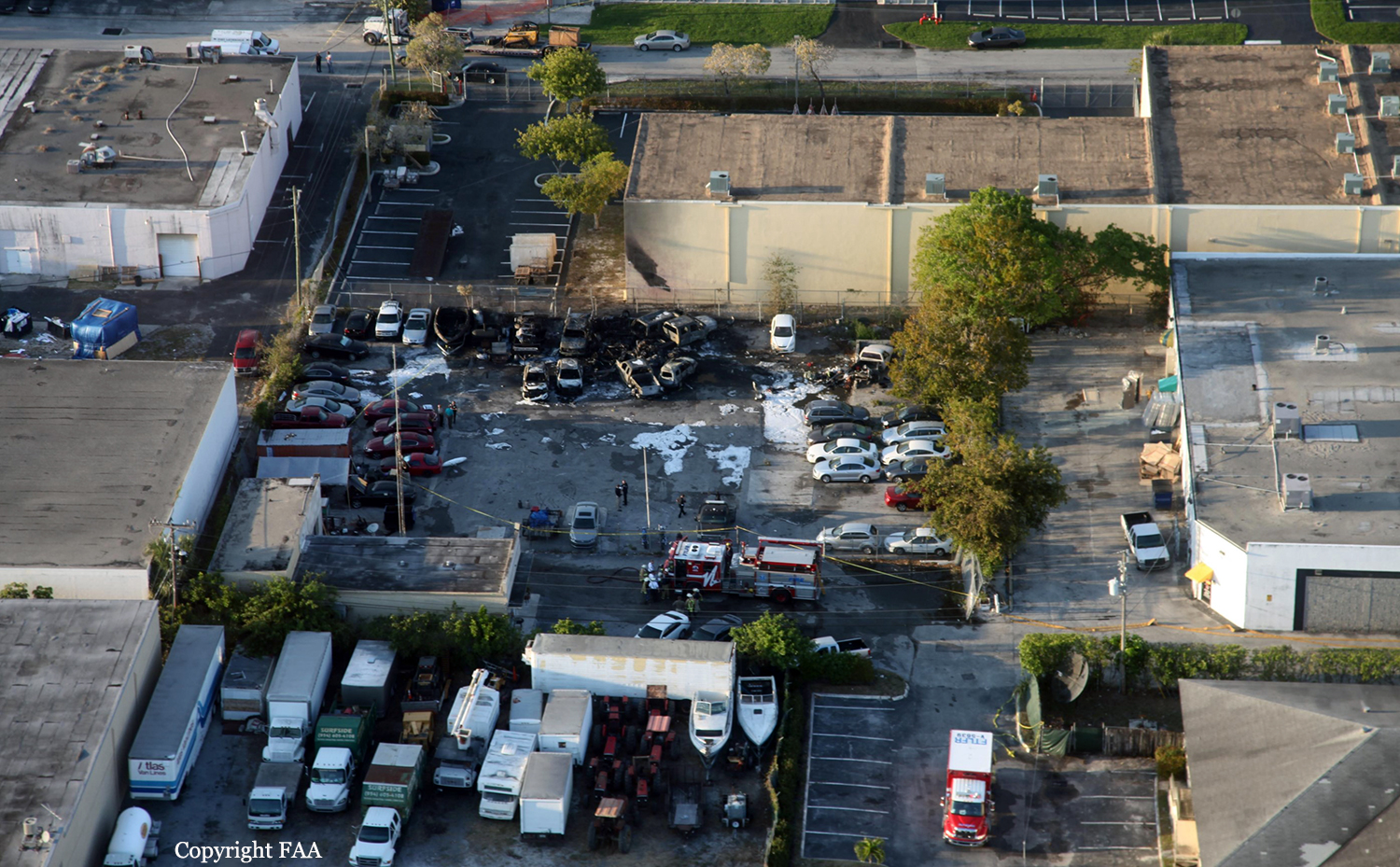
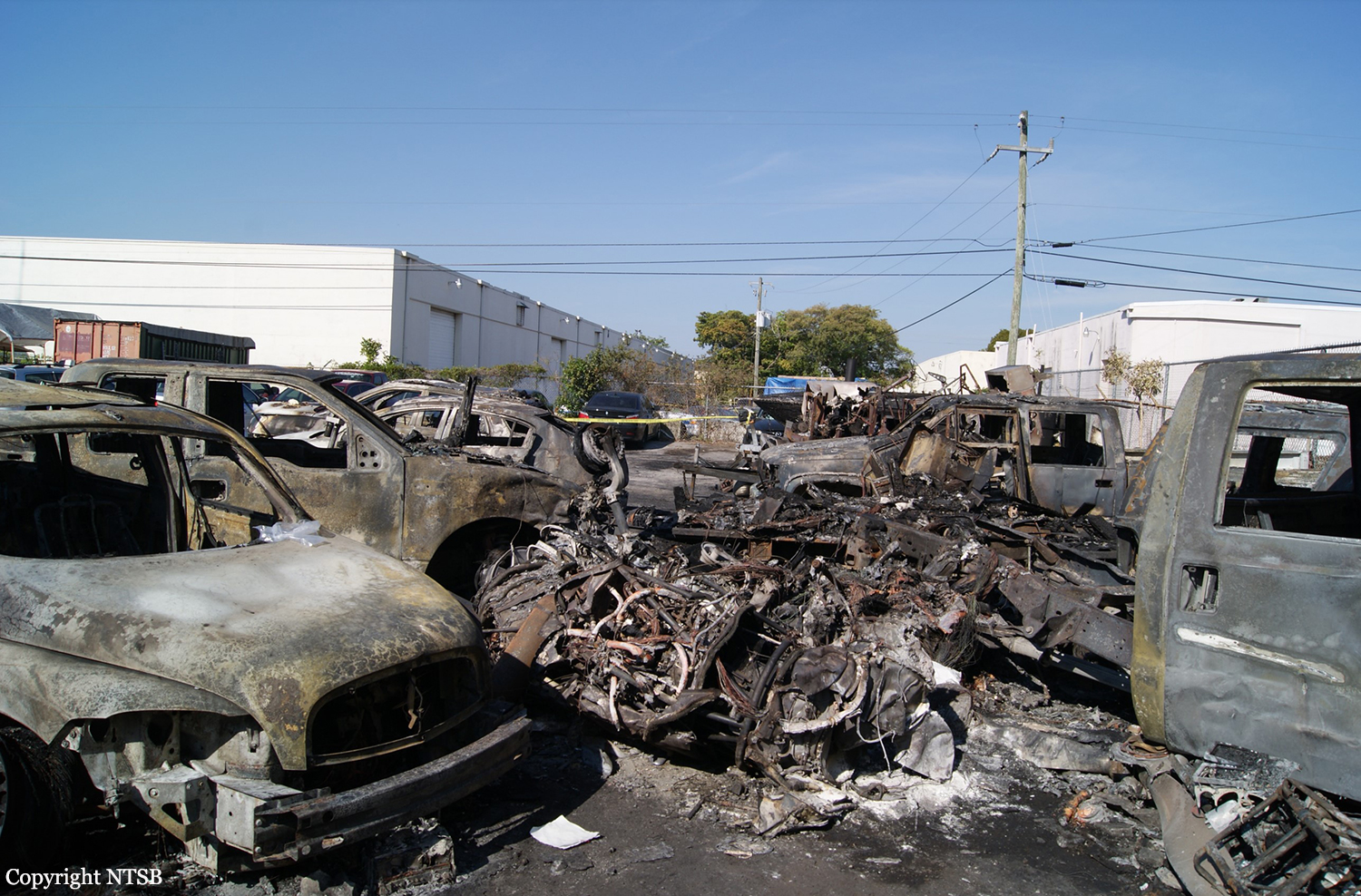
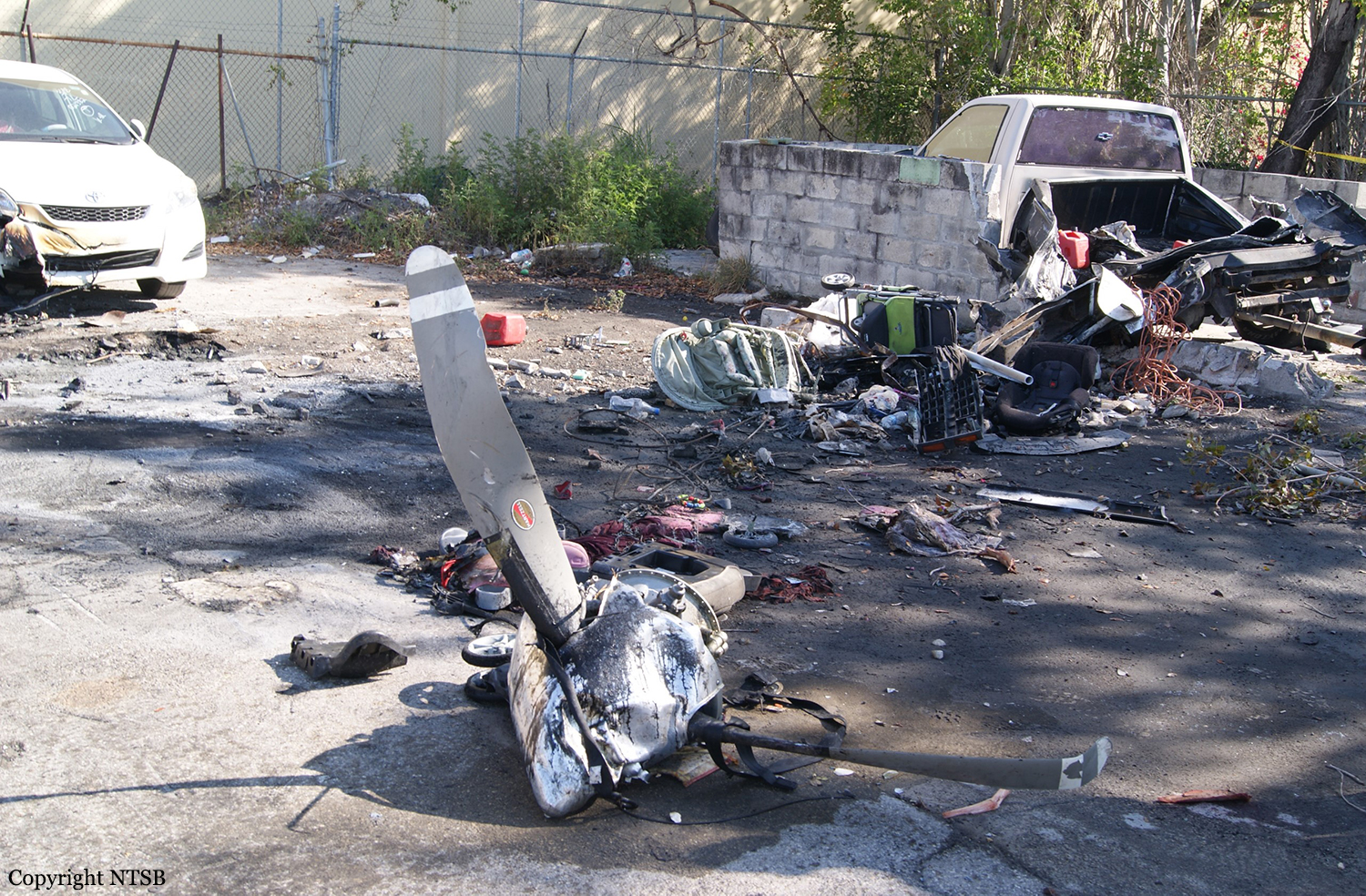
Crash of a Piper PA-31T1 Cheyenne I near Ely: 2 killed
Date & Time:
Dec 15, 2012 at 1000 LT
Registration:
N93CN
Survivors:
No
Schedule:
Mesa - Portland
MSN:
31-8004029
YOM:
1980
Crew on board:
1
Crew fatalities:
Pax on board:
1
Pax fatalities:
Other fatalities:
Total fatalities:
2
Aircraft flight hours:
5725
Circumstances:
The private pilot and passenger departed on the 875-nautical-mile cross-country flight and leveled off at a cruise altitude of 24,000 feet mean seal level, which, based on the radar data, was accomplished with the use of the autopilot. About 1 hour 40 minutes after departure, the pilot contacted air traffic control personnel to request that he would “like to leave frequency for a couple of minutes.” No further radio transmissions were made. About 20 seconds after the last transmission, the airplane banked to the right, continued in a spiral while rapidly descending, and subsequently broke apart. At no time during the flight did the pilot indicate that he was experiencing difficulty or request assistance. Just prior to departing from the flight path, the pilot made an entry of the engine parameters in a flight log, which appeared to be consistent with his other entries indicating the airplane was not experiencing any difficulties. Portions of the wings, along with the horizontal stabilizers and elevators, separated during the breakup sequence. Analysis of the fracture surfaces, along with the debris field distribution and radar data, revealed that the rapid descent resulted in an exceedance of the design stress limits of the airplane and led to an in-flight structural failure. The airplane sustained extensive damage after ground impact, and examination of the engine components and surviving primary airframe components did not reveal any mechanical malfunctions or failures that would have precluded normal operation. The airplane was flying on a flight path that the pilot was familiar with over largely unpopulated hilly terrain at the time of the upset. The clouds were well below his cruising altitude, giving the pilot reliable external visual cues should the airplane have experienced a failure of either the flight instruments or autopilot. Further, no turbulence was reported in the area. The airplane was equipped with a supplemental oxygen system, which the pilot likely had his mask plugged into and available in the unstowed position behind his seat; the passenger’s mask was stowed under her seat. The airplane’s autopilot could be disengaged by the pilot by depressing the appropriate mode switch, pushing the autopilot disengage switch on the control wheel, or turning off the autopilot switch on the control head. All autopilot servos were also equipped with a clutch mechanism that allowed the servo to be manually overridden by the pilot at any time. It is likely that the reason the pilot requested to “leave the frequency” was to leave his seat and attend to something in the airplane. While leaving his seat, it is plausible he inadvertently disconnected the autopilot and was unable to recover by the time he realized the deviation had occurred.
Probable cause:
The pilot’s failure to regain airplane control following a sudden rapid descent during cruise flight, which resulted in an exceedance of the design stress limits of the aircraft and led to an in-flight structural failure.
Final Report:


